Eating fruit and veggie Peel – the real deal!
Most of us peel our veggies, but how many of us use them? Or do we just toss them into land fill? Did you know you could be discarding some of the most nutrient dense parts of your fruit and veggies? The peel or skin of your fruit and veggies are hidden nutritional gems!
There are some obvious deterrents to using the skin of our produce. Its true that much of our fresh produce is sprayed with pesticides and chemicals throughout its lifetime. This may be a little off-putting in eating your peel. One way to be sure you’re eating the most chemical free foods is to buy organic but If you don’t have access to organic produce there’s a way around it. Start by cleaning your produce well.
Here’s a tip: Soak your produce in a vinegar/water bath for 10 minutes to try and remove as much yucky stuff as possible. Use 1 part vinegar to 2 parts water. Ensure you rinse the solution off well otherwise the acid will break down the produce over time.
The best test of this is to buy a beautiful green shiny granny smith apple. Pop it into the vinegar/water bath and in a few minutes you’ll see a white waxy substance all over your apple. That’s what’s making your gorgeous apple green and shiny, and protecting it from moisture loss, but it’s not necessary to keep if you’re eating the peel right away. This substance is naturally occurring in fruits and vegetables and is harmless.
After cleaning your produce well, pat dry with a towel and store according to that veggie or fruit.
We use the peel of our potato, sweet potato, carrot and turnip to make chips. Toss them in olive oil, oregano, salt and pepper and bake in a moderate oven for 7 minutes. Throw them through a salad or pile them high on your plate as a side dish.
Citrus peel isn’t great to eat in its natural form, but you can candy it or dehydrate and make citrus dust. Add the dust to cakes, chicken and anything you’re looking for a zesty tang. You can even use orange or lemon peel to make citrus olive oil! Make lemon pepper with the lemon dust and peppercorns.
Apple skins makes for great apple peel jelly.
But the clear winner in our house is loaded potato skins, make them with regular white potatoes or sweet potato!
Loaded Potato Skins
Ingredients
6 medium sized potatoes
1 large tomato, diced
¼ red onion, diced
3 spring onions, roughly chopped
½ cup grated tasty cheese (or bio cheese for vegan)
Salt n pepper
Method
1. Preheat oven to 190 degrees
2. Scrub potatoes well, toss lightly in oil
3. Place on a baking tray and cook in oven for 35 minutes
4. Remove from the oven and allow to cool for 10 minutes
5. Scoop out the centre of the potato and reserve
(I use this to make mash potato balls, pop a cube of cheese in the middle and roll in sesame seeds. Freeze in an airtight container. Use these for a mid-week side dish. Just pop in the oven, frozen, at 180 degrees. They will be ready in 20 minutes)
6. Place a teaspoon of cheese and tomato and a sprinkle of onion in each potato skin. Dust with salt and pepper.
7. Return to the oven for 10 minutes until cheese is melted and golden.
8. Optional: Serve with a dollop of sour cream and spring onions.
What do you usually do with the peel from your fruits and veges? Share with us below.
Image source Shutterstock.
We may get commissions for purchases made using links in this post. Learn more.
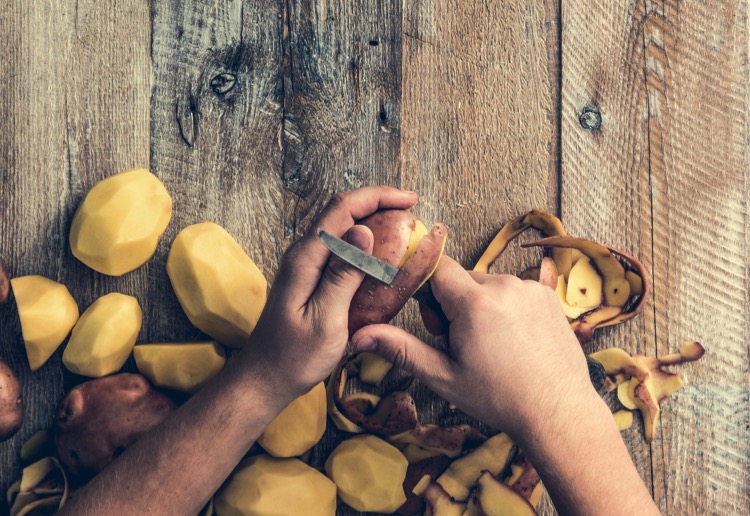
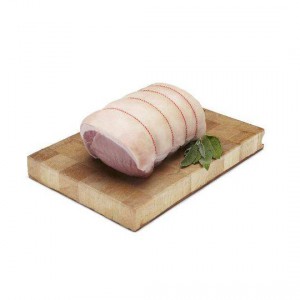
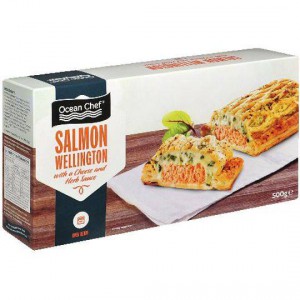
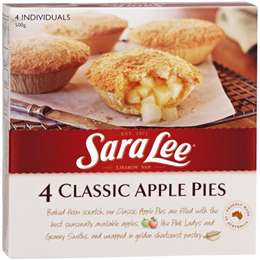
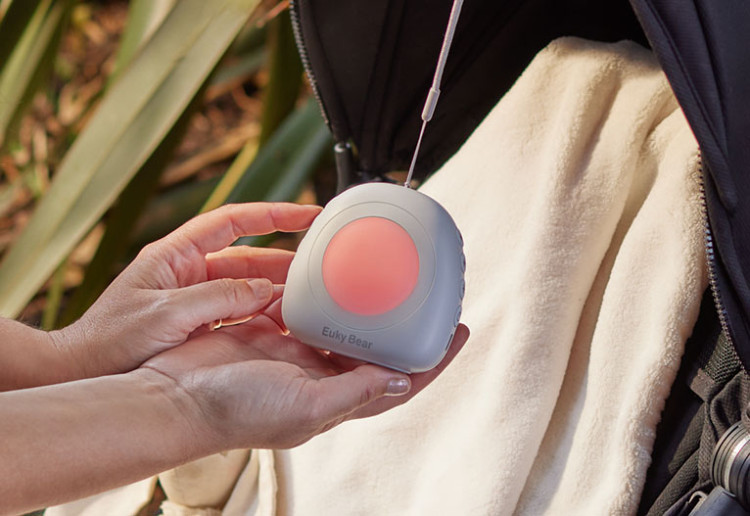



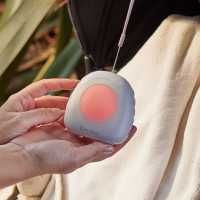











7:27 pm
5:47 pm
1:27 pm
11:09 pm
2:19 pm
-

-
-
-
Naomi B replied
- 16 Nov 2016 , 9:02 pm
Reply12:04 pm
7:48 am
8:22 pm
1:18 pm
8:54 pm
9:21 pm
-

-
-
-
Naomi B replied
- 12 Oct 2016 , 11:22 am
Reply7:11 pm
-

-
-
-
Naomi B replied
- 12 Oct 2016 , 11:43 am
Reply8:38 pm
-

-
-
-
Naomi B replied
- 12 Oct 2016 , 11:48 am
-

-
-
-
mom19782016 replied
- 12 Oct 2016 , 1:58 pm
Reply6:23 pm
-

-
-
-
Naomi B replied
- 12 Oct 2016 , 11:50 am
Reply2:34 pm
-

-
-
-
Naomi B replied
- 12 Oct 2016 , 12:02 pm
Reply- 1
- 2
- »
Post a comment